A Personal Note From Orion
Welcome to Stellar Life! Today, we’re joined by Dr. Susan Peirce Thompson, a renowned expert in psychology and nutrition. She’s an Adjunct Associate Professor at the University of Rochester and CEO of Bright Line Eating Solutions. Through her Bright Line Eating program, Dr. Thompson aims to help a million people achieve sustainable weight loss by 2030.
She shares her journey of overcoming food addiction and developing this transformative program. Dr. Thompson explains Bright Line Eating focuses on whole foods, avoiding sugar, flour, and sweeteners. She delves into the science of food addiction, hormone effects like GLP-1, and the dangers of ultra-processed foods.
Dr. Thompson also discusses Bright Line Eating’s natural, side-effect-free methods compared to conventional weight loss drugs. She also explores the link between addiction recovery, community, and identity. Join us as we uncover insights and personal stories for not just losing weight but gaining a Stellar Life. Let’s dive in!

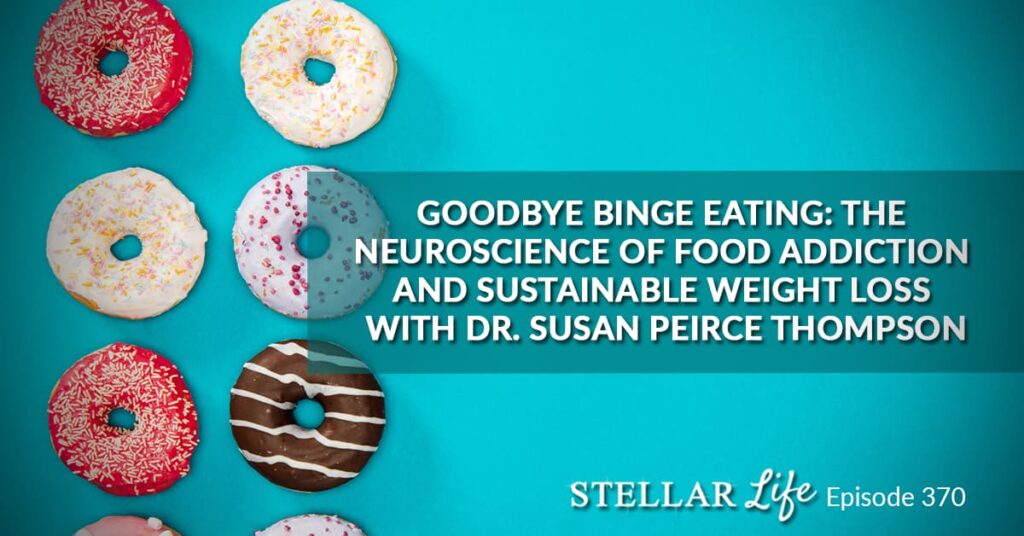
In This Episode
- [03:13] – Orion welcomes Dr. Susan Peirce Thompson. Dr. Susan shares her journey of addiction and recovery, from teenage years to 30 years of sobriety.
- [09:59] – Dr. Susan describes healing the brain from addiction using neuroplasticity. She shares her experience with brain scans and the impact of addiction on brain function.
- [14:48] – Orion and Dr. Susan talk about addiction as an identity and how identity formation is at the core of recovery.
- [23:42] – Dr. Susan suggests taking the food addiction quiz at foodaddictionquiz.com to recognize addiction.
- [28:17] – Dr. Susan elaborates on the pros and cons of weight loss drugs and differentiates the Bright Line Eating program.
- [36:39] – Dr. Susan reveals her daily routine, including meal planning, exercise, mentoring, and recreation, with a focus on self-care and service to others.
- [42:47] – Dr. Susan offers her top three tips for living a stellar life.
About Today’s Show
Hi there, Susan. Thank you so much for being here. I’m excited to have this conversation with you.
Thank you, Orion. It’s great to be here.
Yes. Before we begin, please share a bit about your background and how you developed the methodology you teach today.
I come by it, so honestly, it really was quite an evolution. I have to go back to my teenage years. I found drugs when I was 14 years old. I didn’t have a big weight problem then. I had a little bit of a weight challenge. I weighed more than now and was starting to be concerned about that. But when I found drugs, which started with magic mushrooms, which now we have different terms for it, then they were just called drugs.
Nancy Reagan was pushing the ‘Just Say No’ drug awareness campaign. I did mushrooms, and I thought, “Oh, my God, drugs aren’t bad. They’re good. This is amazing.” Not only that, I lost seven pounds that night, staying up all night and getting dehydrated and then sleeping for 24 hours. My little 14-year-old brain tilted on its axis, and I committed myself to doing drugs every chance I got. But the drugs graduated from acid, speed, and ecstasy up to crystal meth, cocaine, and then crack cocaine. I went to three different high schools and then dropped out.
No way. The woman in front of me right now is telling me this story, and it’s amazing.
When I was 19 and 20, I was just living in loops from the streets to prostitute, back to the crack house to smoke crack, and then back out to the streets. Until I was just past my 20th birthday, and I had a moment of clarity with a blonde wig on my head in a crack house in San Francisco where I was born and raised. I knew that I had to get up and get out of there, or that’s all my life was ever going to amount to. I left the crack house, and I got taken to a 12 Steps meeting. This is just a fluke. It’s a miracle.
I got taken to 12 Steps meeting for drug and alcohol rehabilitation that night by a super cute guy that I’d met at a gas station at three in the morning a few days prior. It was our first date. He’s like an angel. He didn’t end up staying clean and sober, but I did. I haven’t had a drink or a drug now for 30 years; August 9th will be 30 years without a drink or a drug—thank you, God.
But what happened? I was 20, and my addiction jumped right to food. I was going to meetings every day, twice a day. After the midnight meeting, I go to Taco Bell and 7-Eleven for two pints of ice cream. I go home bingeing, and I gain a lot of weight really fast. That started probably an eight-year journey of trying to figure out how to eat so that I could overcome food addiction. Within a few months, I knew that I was addicted to food the way I had been addicted to crack cocaine. It was very similar. I wasn’t just eating; I was using.
The challenge with food, though, is you can’t just stop eating. I didn’t know what to do. I started going to 12 Steps meetings for food. But there are lots of them and many different ways to conceptualize abstinence. It’s not as cut and dried as with drugs and alcohol. So, nothing worked for a long time. Things would work for a little while, like a diet, but then it would just unravel. I couldn’t figure out how to stay in food recovery until I was 28.
I met up with a group within the 12 Steps food world who guided me clearly about what to do with my food. They told me, “Don’t eat sugar of any kind. Don’t eat any flour, not even whole wheat flour. Don’t ever snack. Eat three meals a day with nothing in between, and weigh and measure your food so that you eat tiny amounts but so that you eat enough of the right things and can make it from meal to meal without having to eat outside of mealtime. I lost all my excess weight. I got down to the size I am today: I’m 5’3 and 118 pounds, like a US size four. I’ve been there now for 20 years. I was living with clinical obesity at that time, and I’ve kept all that weight off for 20 years now. It’s funny because food addiction is a lot easier to function with than crystal meth addiction or crack cocaine addiction.
It’s very acceptable.
It’s acceptable. It’s socially pushed—
And now it’s glorified, even.

You build a new identity, one new action at a time.
It’s glorified. It’s the addiction that people who think of themselves as not being the addict in the family. The people who have the gene for addiction, but it’s their sister, brother, mother, or father who’s the alcoholic or the addict. These people are paying the bills, holding it all together, caretaking everyone else, and using food all the way to get through it. That’s a profile of a food addict that I often see in my work. During those eight years when I was still using food, I started an academic career, which is what happened. I went to community college.
I was 20 without a high school diploma. So, I went to community college. I got my high school equivalency test and started going to San Jose City College, and I did really well there. I transferred to UC Berkeley, got straight As there, spoke at the graduation, and then got into every graduate school I applied to. I ended up with a PhD in brain and cognitive sciences at one of the top schools in the world. Then, I became a professor.
I’m a professor of brain and cognitive sciences now, and I study and teach how the brain works when it comes to addiction. I’ve taught a college course on the psychology of eating for many years, and I teach about the neuroscience of food addiction and weight loss. I’m really passionate about the problem of weight loss, how it works, why it’s so difficult to lose weight, and how food addiction is involved because it really is on a global scale. That’s my life’s work now.
That’s a phenomenal story. There were so many layers to it. One, you probably got over a lot of shame in sharing that. You got over a lot of trauma to share it, probably without crying, because you’ve been through so much, and then you really changed your brain. Now, from what I understand, the brains of addicts have literally holes in them. How did you manage to get over that addiction and heal your brain to a place where you teach about the brain? It gives me goosebumps.
Eliminate sugar from your life. Consuming sugar excessively can lead to weight gain, depression, unhealthy cravings and overall unhealthiness. Share on XYeah. In the addiction centers in the brain, the mesolimbic pathway, there are these areas—the nucleus accumbens, the ventral tegmental area, and they connect up to the prefrontal cortex, where in an ideal scenario, the prefrontal cortex is reining in the impulses that we decide are not in our best interests. That’s what happens when things are functioning properly. Perhaps the holes you speak of are what we call dopamine downregulation. It turns out it’s not just dopamine; it’s also serotonin downregulation, endocannabinoid downregulation, etc. But, the downregulation of these neurotransmitters, especially dopamine, means that the receptors where the molecule is supposed to bind have disappeared. They’ve become less numerous and less responsive, so on a brain scan, you see big, empty areas where dopamine should be responsive.
It should be bright red or bright orange, showing a strong response. That’s what it looks like in the brain of someone who’s not addicted to anything. But if you look at the brain of someone who’s addicted to food, to heroin, to alcohol, it doesn’t matter. You see these sorts of empty areas where it should be lighting up strongly. This is a baseline at rest. They should have a strong dopamine response at baseline, meaning they feel okay at rest. When you don’t have that dopamine response at rest, you’re literally in the midst of a craving. You feel restless, itchy, irritable, discontent, wanting, yearning, and uncomfortable in your skin.
It’s what motivates you to get maybe a muffin and a caramel macchiato from Starbucks, a slice of pizza at lunch, a little bindle of cocaine to snort up, or a bottle from the liquor store. Right.
How I healed was I stopped using, and those dopamine receptors replenished. We have data in our lab showing that within just eight weeks on the Bright Line Eating program, the food program I teach people eight weeks in their cravings, which is a clinical measure of that dopamine response. Their cravings have gone down to very low levels, like an average rating of 1.4 out of 5 on a Likert Scale from 1 to 5. 1.4 is pretty low on average.
They started moderate to high, the cravings, but they’ve come down by just eight weeks. It doesn’t take that long for the dopamine receptors to heal. But there are all kinds of other pathways in the brain, like a lot of cue reactivity, which means the locations, the logos, the billboards, the time of day, the smells, like all of those things are still going to light up the brain more strongly than they would in someone who was never addicted. There are still lots of paths back to relapse. But the brain does heal.
Yes. When I did a brain scan with Dr. Amen a long time ago, they gave me photos of different addictions and how the brains look after the addictions. It looks scary. It’s amazing that the neuroplasticity is so great that we can completely heal our brain. Where in the past, we thought that we were stuck with the brains we have, right? But our brains keep growing for the rest of our lives. We can actually get smarter and have a higher IQ the more we put effort into it.
It’s like starting to play chess. Your IQ goes up a few points. Kids’ IQs go down over the summer when they’re not flexing their brain muscles much, and they go up again by the end of the fall when they’re back in school.
That’s incredible. How does it affect your students now when they see the journey that you’ve been through? Because they are exposed to drugs and alcohol and all that.
There are lots of paths back to relapse, but the brain does heal.
Well, for full candor, I’m not teaching at the moment. I’m fully involved in spreading the Bright Line Eating message. It’s become quite a worldwide movement, and it takes a lot to manage it. I’m still at the University of Rochester with a faculty appointment, but I haven’t taught in a while. I was a full-time teacher for 16 years and didn’t tell my story at the beginning of the semester. It wouldn’t have been appropriate. It’s not like, “Hey, you know, check out where I’ve been.” But things would come out over time, and I was very happy with my class.
I don’t think I ever shared the prostitution with them, but the drug piece would sometimes come out here or there. I wasn’t hiding it. It would sometimes be appropriate within the context of a story to illustrate a point and share it, and it always went fine. I remember some sweet compliments sometimes that stay with you your whole life. A student at the end of one of my classes said she had an app of me on her phone that she could just press a button and hear me tell my stories anytime. They appreciated the stories.
Good compliment. What an addict shift? Because addiction is identity. What makes somebody shift their identity? A lot of people like you say they relapse and relapse because they’re so anchored with how they perceive themselves as an addict. What actually can get someone to shift whatever addiction they have?
It’s a very astute point, Orion. Identity really is at the core, and I think people don’t think about identity enough. The reality is that you build a new identity, one new action at a time. A really important theory developed by Daryl Bem, a retired professor now, but he was at Cornell University, is called self-perception theory. He said people assume we know who we are, which drives our behavior. For example, we know that we’re liberal, and so we vote democratically for democratic candidates, or we know that we’re conservative, and so we vote for Republican candidates. He said, “Actually, it’s the other way around. You watch your behavior, which drives your knowledge of who you are.”
For example, you watch yourself show up late over and over again to meetings and meet friends, and you develop the identity of someone who doesn’t have good time management skills and doesn’t show up on time to do things. But it’s not like you know that about yourself before seeing yourself doing it, right? And so what happens is we watch ourselves do this or do that, and then we start telling stories about ourselves to explain it all and to fill in the gaps of who we are. This is partially why being in the community and recovery is so important. This is such a big part of the 12 Steps program. It’s also a huge part of Bright Line Eating, which provides a very strong community because your narrative of who you are is formed in the community. If you think of fans of sports teams, it’s the merch they’re wearing, the jerseys, the colors, the logos, the cheers, the fans, the community, the way of behaving, and the way of seeing the world—it takes time to build it up brick by brick.
Coming up on my 30th sobriety anniversary now, I would say it’s just in the last two years that I would be able to look you in the eye and say, “I am utterly addiction-free,” at the moment. That’s not to say that I couldn’t pick up an addiction at any moment, right? I’ve had to give up not just caffeine but also decaf coffee. A few months ago, I picked up a decaf coffee again. Within a day or two, I was driving to Starbucks at 6 AM for four decaf grande Americanos, getting a little tray for myself, bringing them home, and microwaving them all through the day because Starbucks decaf has way more caffeine than you might think. I was hooked on the amounts of caffeine in the Starbucks decaf.
That’s the kind of dope fiend I am. I need four of those just to start the day within two days. A few years ago, I picked up a cigarette again and did about five rounds of quitting and resuming smoking. It was insanity. I have three little kids now. I’m happily married. I was out in the cold and the snow, chain-smoking eight cigarettes at one in the morning, then sneaking in the backstairs, washing my clothes, getting in the shower, brushing my teeth, and my husband’s like, “I’m still not kissing you. You smell awful. You can’t cover that up with toothpaste.”
Your narrative of who you are is formed in the community.
Addiction lingers on. But you can reach a point where you’re not addicted to anything. It’s just that once an addict, always an addict. If you have the brain of an addict, it will fixate on that, and you’ll be back at it very quickly. This is why we talk about bright lines in Bright Line Eating. These are clear boundaries you just don’t cross. You don’t pick up sweeteners again because it will be a slippery slope, and back to the races.
I have a very interesting dance with coffee and gluten. It’s like, “Mmm, I love you, I hate you.” I know it’s not great for me, especially gluten. Now, I got myself into baking sourdough. I was like, “Because sourdough, the gluten gets almost pre-digested, and it’s better for you, but it’s still gluten.” First of all, what is your methodology? How is it different from other methodologies? What can I do with my addiction to gluten and coffee?
The Bright Line Eating methodology is about four bright lines: sugar, flour, meals and quantities. A bright line—a legal term—is a clear, unambiguous boundary you just don’t cross. When you apply that rule every time, it produces consistent and reliable results. I’m in the small but growing camp of experts that will tell you that some people have some types of brains—the more addictive brains, which is not everybody. It’s about two-thirds of people impacted by addiction to some degree, one-third of people are. They have no predilection toward addiction at all. They just literally can take or leave anything. When people say everyone’s addicted to something, they’re wrong. A third of people will never experience addiction in their life. They’re not susceptible. But for some people and some substances or behaviors, none is easier than some. Trying the method of moderation it’s a fool’s errand. It’s a losing game. It doesn’t work because when you have little, it doesn’t scratch the itch. It makes it itchier. You can keep trying that experiment and try it for yourself. I have no judgment about it. Try the moderation approach all you want. At some point, you might just accept the data you’re seeing as you run that experiment and conclude, “Oh, it’s actually easier to abstain.”
Yes. “I know it, yet I still go back to it.” What’s the first step? I guess the first step is recognizing that you have some sort of addiction and stop making stories and excuses.
The Bright Line Eating methodology is about four bright lines: sugar, flour, meals and quantities.
Well, yeah. Also, Orion, in your case, you may want to look really honestly at the trade-offs. Because true addiction isn’t just a pattern of behavior that you’ve tried to quit and you’ve been unsuccessful. It also leads to clinically significant impairment or distress.
If you look at the DSM-5, there are 11 criteria for addiction, and you only need two of them to have a mild case of addiction. But even with only two of them, you also have to have this other thing, which is a pattern of behavior that amounts to clinically significant impairment or distress. In other words, it has to be bothering you enough, or it has to be impairing your functioning, like destroying your life enough.
I could tell it was just how you were talking about it. It’s not really an addiction. What I would say is you have an addictive relationship with coffee. But you’re not a clinically certifiable caffeine addict.
Probably not. I do have the tendency to stop if I really want it. It’s just getting myself to that point of really wanting it.
But if it’s not bothering you enough for all the days you’re pre-there, you’re thinking about giving it up. But you haven’t yet. If it’s not torturing you during that time and if you can function, and it’s not to say that it’s not a rough place to be and where you’re at, it’s sort of this nagging feeling that you’re called to something that would feel higher and better, but you’re still not mustering the oomph to do it. It is its own little form of mini torture. But it sounds like it actually doesn’t matter to you enough to take care of it.
Yes, you’re right. I wanted to feel a little significant, like I have some sort of severe addiction. What are the first steps for the people who are listening and have that midnight binge and are struggling? And maybe a few steps to recognize addiction. What are they?
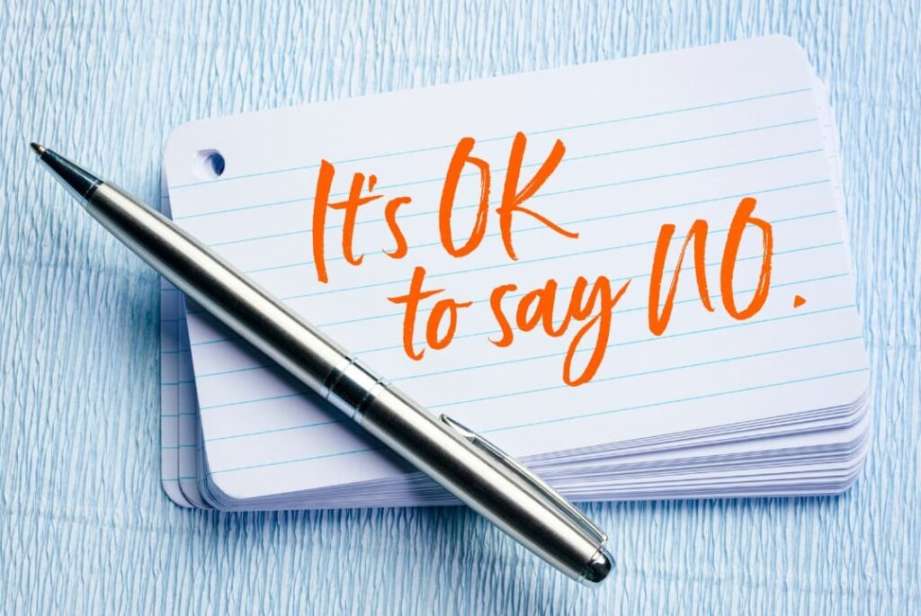
Addiction may linger, but clarity and firm boundaries can set you free.
If it’s food that you’re dealing with, then super easy peasy, take the quiz: foodaddictionquiz.com. It’s only five questions, and you’ll get your answer. It’s going to give you a number from one to ten. If you’re a 7, 8, 9, or 10, you’ve got an issue. I would say clinically significant food addiction is probably in the nine or ten range. The sevens and eights will have enough food addiction on board, even maybe the sixes and fives, to thwart their weight loss attempts. You might be more in the realm of a very addictive relationship with food, not clinical food addiction—right on that borderline. But, the challenge is that weight loss is unique in the world in that it plays this role with food addiction. This “push me,” “pull you” relationship with food addiction, where you start trying to lose weight, and the brain releases hormones that exacerbate food addiction. It decreases leptin, so you feel less satisfied. It increases ghrelin, so you feel more hungry. It turns down your thyroid hormone, so you’re burning fewer calories. The brain actually toggles the dials to make your food addiction worse as you try to lose weight.
You might be six or seven on the food addiction susceptibility scale, which, if you’re allowing yourself to eat whatever, whenever, might be fine, and you might not be particularly tortured by it. But as soon as you try to lose weight, you’ll go, “Oh, this is a problem,” because your brain will get hijacked by the weight loss attempt.
Do you have a different approach to psychedelics now from where you are today? I know that many addicts have cured addictions through some ceremonial, like shamanic journeys with ayahuasca or 5-MeO-DMT or even psilocybin.
The brain actually toggles the dials to make your food addiction worse as you try to lose weight.
I have used the 12 Steps my whole life and haven’t needed to go that route. I’ve read Michael Pollan’s whole book cover to cover. I devoured that book. It was fabulous about entheogens. Michael Pollan wrote a great book about psychedelics. He tried them a few times, really surveyed the research, and provided a fascinating history of AA and the co-founder Bill W’s experience with psychedelics. I knew little about that, but I didn’t know as much as he put in that book. It was fascinating.
From what I understood, the co-founder actually wanted to incorporate psychedelics into 12 Steps.
He did actually want to, but the board denied him. The board said, “This would be a mistake and confusing.”
Yeah, because from what I heard, he had a light experience—or maybe a God experience—while he was in a rehab center, and then he created the 12 Steps. Is that correct?
He was on the Belladonna treatment, which is a mild psychedelic. He had his God experience on a psychedelic. After a couple of decades of sobriety, when LSD came on the scene, not like the hippie scene, but the research scene, he tried it and was part of a lab that was studying it and said, “This is going to be the fastest path to recovery for a lot of alcoholics. We should incorporate these treatment sessions into AA,” But the board said no.
Before we started our conversation, we talked about weight loss drugs. Maybe you can touch on that a little bit. Also, you showed me a graph that showed how the bright line methodology is number one in all weight loss methodologies.
Can I tell you the name of the book before we move to that? That is such a great question. It’s Michael Pollan’s How to Change Your Mind: What the New Science of Psychedelics Teaches Us About Consciousness, Dying, Addiction, Depression, and Transcendence.
It sounds amazing.
True addiction isn't just a pattern of behavior that you've tried to quit and you've been unsuccessful. It also leads to clinically significant impairment or distress. Share on XIt’s very good.
Thank you. For everybody listening—because I had some episodes about psychedelics here—just a little note: if you ever want to experience something like that, do it with somebody who 100% is the real deal because there are a lot of charlatans out there. Only do it ceremoniously with intention and within a ceremony if you want to do it for healing because that can be another addiction as well.
Setting is very important, and doing it with someone experienced who can help you integrate the experience afterward is even more important. So thank you, Orion, for that little asterisk there. It’s very important.
So tell me about all those weight loss drugs.
The new weight loss drugs are really interesting. First of all, I just need to say I so sympathize with anyone who’s clamoring to get on one of those drugs or who’s on them. I’d be curious to hear your experiences. If you want to reach out to me, you can reach me through the Contact Us form at brightlineeating.com. These drugs are really interesting. We’re talking about Ozempic and Wegovy.
These are the semaglutide drugs that Novo Nordisk has put out. They’re the same drug. They’re semaglutide. Ozempic is just prescribed for diabetes, and Wegovy is prescribed for weight loss at a slightly higher dose of semaglutide.
Eli Lilly has trizepatides, marketed as Mounjaro for diabetes and Zepbound for weight loss. They’re slightly different. Semaglutide is a GLP-1 agonist, which means it mimics. It pretends to be the hormone GLP-1 in the brain, and then the terzepatides mimic GLP-1 and GIP.
They’ve got a little twofer going on there, and they are slightly more effective as well and less expensive. Consumers will prefer the trizeptides here over time as they get hip to what’s what. But these drugs work primarily by slowing down the digestive system, making you feel fuller longer. That can have devastating side effects. Initially, it can create gas belching, vomiting, diarrhea, and stomach pain, and over time, it can lead to entire intestinal blockage, which doesn’t get reversed, by the way, when you stop the drug. That’s rare. Side effects are mitigated in most people if you start on a very low dose and increase very slowly.
People actually lose more weight on Bright Line Eating, about twice as much in the first two months, as they would on a Semaglutide.
But they also work for diabetes by balancing out blood sugar. They increase insulin from the pancreas, decrease glucagon from the liver, and they work to balance out blood sugar. That’s why they’re prescribed for diabetics, and they have been for a long time. There are about 100 studies that have been published, some in humans and some in rodents, looking at what these drugs do to the reward centers of the brain. Also, because they balance out dopamine function in the reward centers and quelch cravings, they dampen down addictive cravings. For food, they’re kind of a miracle because they make people feel full for a long time, and they also take away cravings.
Bright Line Eating does both of those things, but it does it behaviorally. It does it without a drug. It does it by teaching people how to eat to increase GLP-1 naturally, which you can do, and our food plan does that successfully, but also healing up a whole bunch of other hormonal issues. We already talked about reversing the dopamine downregulation that’s happening. But we also fix leptin resistance. Leptin is the hormone that makes you feel full. In Bright Line Eating, we get it back on board, working by clearing up the high baseline insulin levels, the high triglycerides and the inflammation that’s causing leptin resistance in the first place. So basically, we get you the drug-like effect naturally by changing your brain and your body the way it is supposed to be so that it’s not hijacked anymore. People actually lose more weight on Bright Line Eating about twice as much weight in the first two months as they would on a semaglutide drug. Then, the actual ultimate weight loss results are equivalent to semaglutide drugs. But it’s all natural. The weight loss drugs are a lot, too. They’re a lot of money, is what they are—hugely expensive. The off-the-shelf prescription for Wegovy, the weight loss version of Ozempic, is $1,300 a month.
Wow. Not only that, there is a meme I told you about where you see it’s called Ozempic face, where people that take those drugs age rapidly, and you can see the before and after just after. In just a few months, people look different. I know you haven’t seen that.
No, I haven’t. It’s interesting because someone just sent me a link to a study showing that eating ultra-processed foods makes you less attractive, even within just one meal. Independent raters rated someone who ate coco pops for breakfast compared to someone who ate blueberries and organic oats or whatever for breakfast. The person who ate the ultra-processed breakfast is less attractive 2 hours later.
It makes me want to eat better.
If you have the brain of a food addict, it would keep fixating on that food, and you'd quickly be back to eating it. Bright Lines Eating establishes clear and firm boundaries from foods you should not cross. Share on XPeople are looking at me, right? I’m about to turn 50. I’m a couple of months from 50.
You look young.
I’ve been eating blueberries for breakfast for a long time, and they likely accumulate. I don’t know about Ozempic face. That’s an interesting one. I haven’t seen those studies. I don’t know if it is a study or if it’s just a meme.
When you think about the implications of slowing down digestion, is that slowing down nutrient absorption? Is that having a long-term impact on the nutrients that your body is relying on to rebuild and regenerate you every day and keep you healthy and vital?
Also, people aren’t eating better; they’re just eating less. It’s not a method of healthy eating; it’s a method of artificially making you less interested in food. One person on Wegovy or Ozempic said, “It’s easy. I just go to Chick-fil-A and order the kids’ menu because I’m not hungry anymore.” But she’s not talking about eating better, just less junk food.
Bright Line Eating, is that more like keto-vegan? What are some of the key ideas there?
We eat all real, whole foods in Bright Line Eating—every protein, grain, fruit, vegetable, nut, and seed. We don’t eat processed foods.
We eat all whole real foods in Bright Line Eating—every protein, grain, whole real fruit, vegetable, nut, and seed. We eat a balanced meal. We don’t eat processed foods.
In a world where you have the carnivores comparing vegans versus this, you have a diet where you can eat everything?
Well, everything that’s not ultra-processed. We don’t eat any sugar, flour, or sweeteners. We just eat all whole real food, and we eat it with certain boundaries around it so that your brain knows when the meal is done, and it’s not going to ask you anymore, “Can we eat some more? How about now? Maybe we didn’t get enough. How about a little of this? How about a little of that?” It’s a method for automating your eating so that you’re eating fabulous things. You love your meals; they’re delicious. You’re actually hungry when mealtime comes because you haven’t eaten anything in 4 to 6 hours, and so you’re delighted to sit down to this meal. But your eating is routinized. It’s kind of like brushing your teeth. The way you brush your teeth twice a day without exerting any willpower is how you eat your breakfast, lunch, and dinner. You write down what you’re going to eat the night before. You weigh and measure it at the time. It’s a big, abundant, delicious, healthy meal, and that’s what you eat.
Bright Line Eating teaches you that system. It’s quite a bit to learn how to set it up, but then it runs on autopilot after that. People lose a phenomenal amount of weight. They get healthier, typically because of the way they’re eating and the weight they’re losing. People talk about it like it’s a miracle. Suddenly, everything works for them when it comes to food and weight.
I usually treat the hardest cases. People with absolutely intractable, pernicious food and weight problems come to me, and we solve their problems. It’s a fabulous gift to be able to do this work.
As a busy mom, how do you prioritize your time? You’re a mom and an entrepreneur. You do so many things. How do you prioritize your food and find time to do all the measuring and prep?
Yeah, great question. I have three kids and 17 employees.
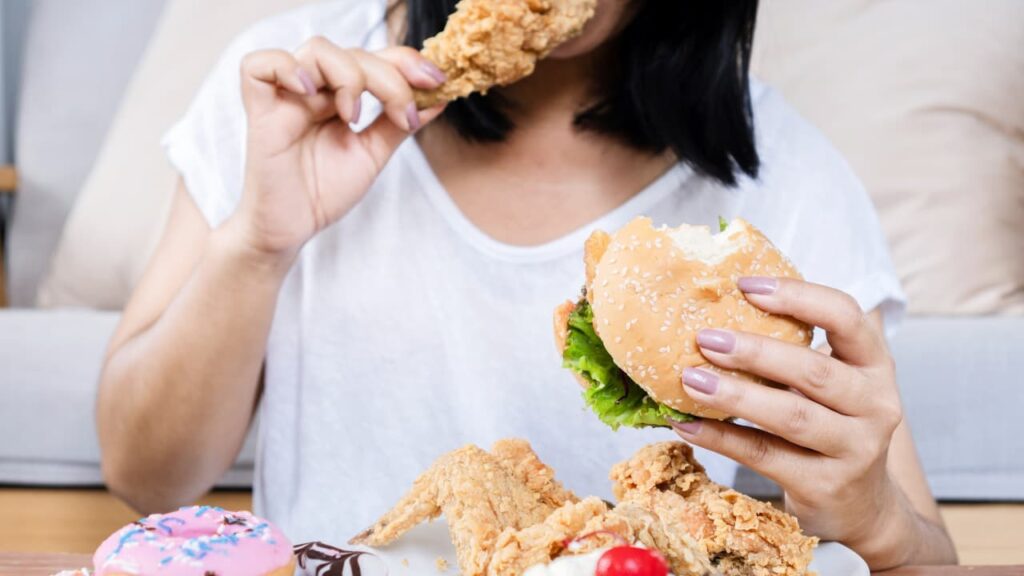
According to a study, eating ultra-processed foods makes you less attractive, even within just one meal.
I’m so proud of you.
You’re so sweet. It just gets to the point where it’s automatic. Specifically, what I do is the day starts the night before; I’m very mindful. The day starts at sunset. Several religious traditions teach you that. Judaism says the day starts at sunset. I think that’s very wise.
I don’t wake up and have a fabulous, bright, shiny day if I didn’t do some amount of prep the night before, including getting a good night’s sleep. The night before, I write down what I will eat the next day. I do that after dinner. I just look in the fridge. These days, I’m doing it more at the beginning of my nighttime routine, which might be a couple of hours after dinner. It might be more like 7.30 PM. I’m going back to the kitchen to shut it down and writing it down in my little book that lives by the fridge. I’m writing down what I’m going to eat the next day.
That’s when I’ll take my little single-serve slow cooker thing, put my whole oat groats, millet, teff or whatever my grain in there, and set it up overnight to cook. I’ll take my 6oz of blueberries, I’ll weigh them, I’ll set them out so that they’re not ice cold in the morning. I like their room temperature for the morning, and I’ll get my breakfast up the next morning. I’m going to wake up at five. I will kneel in a child’s pose and ask the divine mystery for a beautiful, bright, clean, sober day. I will read a page out of daily meditation and spiritual reading. This is embarrassing, but I’m going to tell you anyway. I read my own spiritual book called On This Bright Day, and that’s the first one I read. I sit on the toilet, pee, and keep my reading glasses and book on the back of the toilet, and I read that page.
Automate your eating—indulge in whole, real foods, and eat them with boundaries around them so that your brain is structured with healthy and sustainable eating habits. Share on XI totally get that because sometimes I go back to videos that I did eight years ago, and I’m like, “Wow, that’s pretty good.” The advice comes exactly when I need it.
Isn’t that funny?
Sometimes, we are wiser and more connected than we see ourselves as.
Love it. I go down to my office and keep my office heated a little warmer than the rest of the house, which is too cold for my bones. I meditate for 30 minutes on my meditation bench. I read another daily reading down there and synced up my aura ring. Then I get my kids up, and my husband and I do this together. But there’s a process of getting the three kids up.
I do my egoscue exercises and straighten my posture, like 20 minutes of physical therapy. But egoscue is fascinating. I’ve just been learning about it. It’s a physical therapy or postural correction method that looks at if you’ve got pain or injuries anywhere. It will say, “Okay, that knee pain is coming from poor ankle mobility, poor hip flexor mobility. Your shoulder pain is coming because your hips aren’t aligned over your knees,” and it will correct all of that. I do those exercises, and then I’m with my kids and husband for about an hour and a half. I make breakfast and eat, get the kids on the bus, and then start my work day. I do some strength training and some cardiovascular exercise every week.
Right now, I’m in training to try to do a pull-up. The one thing on my bucket list I want to do before I die is a pull-up. I’m not even close at the moment, but I am getting stronger week after week, and I take sponsee calls. For 45 minutes every morning, I’m on the phone with people I’m mentoring and talk with them. I hear what they will eat that day, and I support them, which puts me into my highest, best, authentic self. It helps bring out compassion, curiosity and connectedness, and I love that being of service that way. I live my day, and then I shut down my da. I try to eat dinner around 4.30 or 5 PM. We gather the family and eat dinner, and then I’m turning toward a couple hours of recreation before I start my nighttime routine at around 7.30 PM. I try to turn off the lights around nine to get 8 hours of sleep. It’s usually more like seven and a half hours of sleep. I have lots of friends I talk to throughout the day. I make a lot of phone calls. I’m an extrovert, so I need to stay connected to people, and that’s my rhythm.
The food piece is pretty automatic. Let’s say I’m cooking green beans, salmon, and salad for lunch. The salad will be a bunch of organic field greens, and I’ll top it with a bunch of crunchies I’ve cut up already. I cut them up in bulk, celery, jicama, red peppers, and things that’ll last, and I have them in a baggie. So I just put a big handful of that in the salad on top of the lettuce, and I’ve got a salad; it’s so fast, I only have to cut up those salad crunchies once a week or maybe twice a week. When I cook the salmon, I’ll cook like a pound and a half of the salmon. I’ll have salmon for four lunches or dinners in a row. If I’m cooking green beans, I’ll steam way more than I need. So I’ll have green beans for a while, and then I will just rotate. Sometimes, I’ll have butternut squash or roasted Brussels sprouts for my vegetables. But I always make them in bulk. Leftovers are a gift to my future self. Then, for most meals, I do not make anything from scratch. I can literally assemble the meal in about two and a half minutes, 30 seconds to put things on the plate, and two minutes to put it in the microwave. In those two minutes, I’ve already made and dressed my salad and am ready to sit down and eat. It goes very fast.
Beautiful. Thank you for sharing all that. I got really inspired. One day, I’ll be able to do it the way you do it. It seems like you have a lot of discipline.
Before we say goodbye, what are your three top tips for living a stellar life? Where can people find you?
People can find me at brightlineeating.com.
Research shows that everybody benefits when they schedule lunch with a good friend once a week on an ongoing basis.
My three tips—I’m a research geek, and I used to teach positive psychology in college. The number one, without a doubt, is to foster and invest in deep, meaningful, satisfying human relationships. If you’re an introvert and you’ve been telling yourself the story that you need your alone time, so it’s okay that you don’t have a lot of those, you probably need more connection than you’ve been believing—just not superficial connections with lots and lots of people. Research shows that pretty much everybody benefits when they schedule lunch with a good friend once a week on an ongoing basis that they’re not having now.
Number two, quit eating sugar. It’s just a scourge. It’s not doing you any good. It’s making you depressed. It’s making you overweight. It’s making you crave. It’s making you unhealthy. Just quit eating sugar. Just get it out of your life.
Number three would be to meditate. I’ve been meditating for 20 years now, 30 minutes a morning. I’m not perfect. It’s not like I always do it, but pretty much always these days. What meditation has done for me has hugely increased the pause between life’s happenings and my reaction. I have a lot of space now to choose a reaction I feel good about, not always, but most of the time. It’s also given me a facility deep inside myself to work with myself. I started doing internal family systems parts work a while ago and found it really easy.
I wanted to do that.
That’s what we do in Bright Line Eating for the inner work. Instead of working the 12 Steps, which they do in 12 Steps Food Programs, we do internal family systems work. It’s so powerful.
You have the part of you that wants a certain food and the part of you that doesn’t want it- that’s the food indulger part and the food controller part.
I was going to bring this up earlier when you talked about wanting some gluten. Sometimes you want it, sometimes you don’t. Socrates said that one mind cannot both want and not want at the same time. Therefore, we’re all at least two. You have the part of you that wants the gluten and the part of you that doesn’t want the gluten. We talk about that in Bright Line Eating. That’s the food indulger part and the food controller part. That one wants it, and the one that wants us to manage it to get it in its place.
When I started doing that kind of work, it was very easy because I could access the space inside me. I have such a deep home inside myself now because of my meditation practice. Those are my three things: build deep relationships, quit sugar, and meditate.
You don’t have to do 30 minutes. My favorite is Monique Rhodes’ The 10 Minute Mind. You could do ten minutes a day and get huge value out of it. The research is strong on that.
Incredible. Thank you so much. This was a really lovely conversation. I learned a lot, and I got really inspired. There were so many good things about this conversation, and I really appreciate you taking the time to share this with the world.
Thank you, Orion. It’s been a pleasure.
Thank you. And thank you, listeners. Remember to invest in meaningful human relationships, quit eating sugar because it’s bad for you, meditate, and have a stellar life. This is Orion. Until next time.
Your Checklist of Actions to Take
{✓}Quit eating sugar entirely—it’s a scourge that’s making you depressed, overweight, and unhealthy. Eliminate all sources of added sugars, including sodas, candies, baked goods, and processed foods.
{✓}Practice meditation for at least 10 minutes every day to increase your pause between life’s happenings and your reactions.
{✓}Take the Food Addiction Quiz at foodaddictionquiz.com to assess your level of food addiction. Use the results to gain self-awareness and determine if further steps are needed.
{✓}Weigh and measure your food to ensure you’re eating enough of the right things to make it from meal to meal without snacking.
{✓}Plan your meals the night before to set yourself up for success the next day. Having a plan in place reduces decision fatigue and makes it easier to stick to your goals.
{✓}Cook in bulk and enjoy leftovers as a gift to your future self. Enjoy the convenience of having healthy meals ready to go, saving you time and effort.
{✓}Explore Internal Family Systems (IFS) work to understand and address different parts of yourself that want and don’t want certain foods.
{✓}Build a strong support system or community to foster a positive narrative around your identity and relationship with food.
{✓}Invest in deep, meaningful, and satisfying human relationships. Research shows that pretty much everybody benefits when they schedule lunch with a good friend once a week.
{✓}Visit brightlineeating.com to connect, learn, and work together with Dr. Susan Peirce Thompson. Follow the Bright Line Eating program, which teaches you to eat all whole, real foods while avoiding processed foods, sugar, and flour. Get inspired by their success stories!
Links and Resources
Connect with Dr. Susan Peirce Thompson
Books
YouTube Videos
Previous Stellar Life Episode
People
Further Resources
About Dr. Susan Peirce Thompson
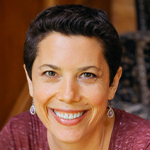 Susan Peirce Thompson, Ph.D., is an Adjunct Associate Professor of Brain and Cognitive Sciences at the University of Rochester, a multiple New York Times bestselling author, and an expert in the psychology of eating. She is President of the Institute for Sustainable Weight Loss and CEO of Bright Line Eating Solutions, a company dedicated to helping 1 million people have their Bright Transformation, the full physical, mental, emotional, and spiritual change accompanying healthy, permanent weight loss by 2030.
Susan Peirce Thompson, Ph.D., is an Adjunct Associate Professor of Brain and Cognitive Sciences at the University of Rochester, a multiple New York Times bestselling author, and an expert in the psychology of eating. She is President of the Institute for Sustainable Weight Loss and CEO of Bright Line Eating Solutions, a company dedicated to helping 1 million people have their Bright Transformation, the full physical, mental, emotional, and spiritual change accompanying healthy, permanent weight loss by 2030.





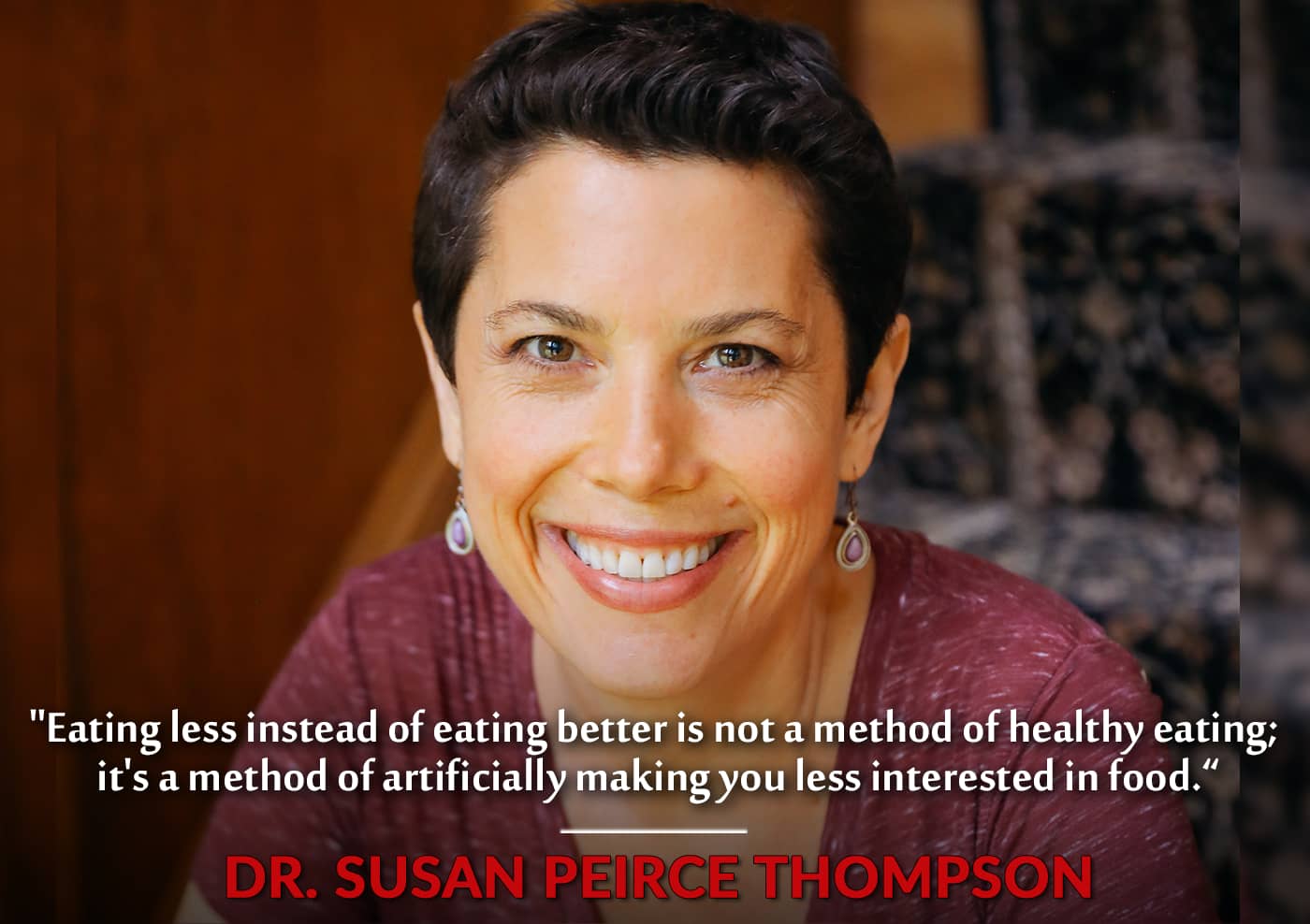





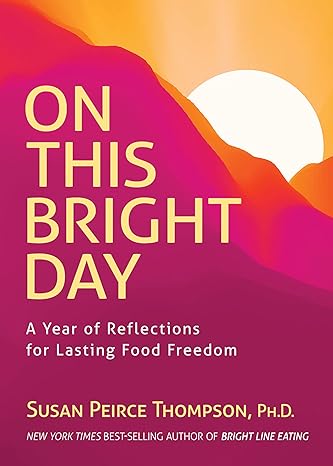
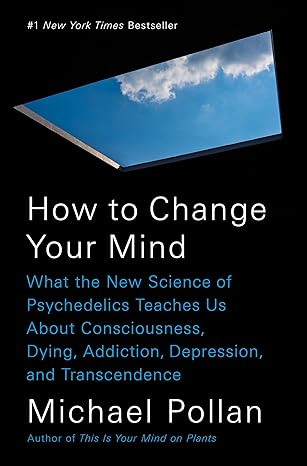

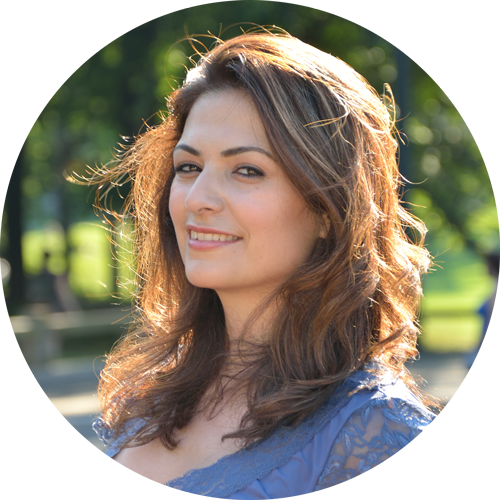





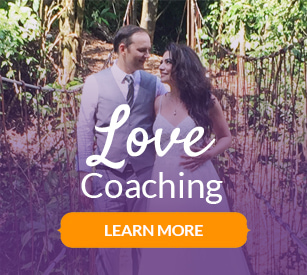
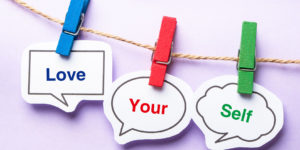

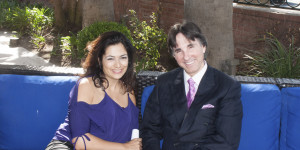






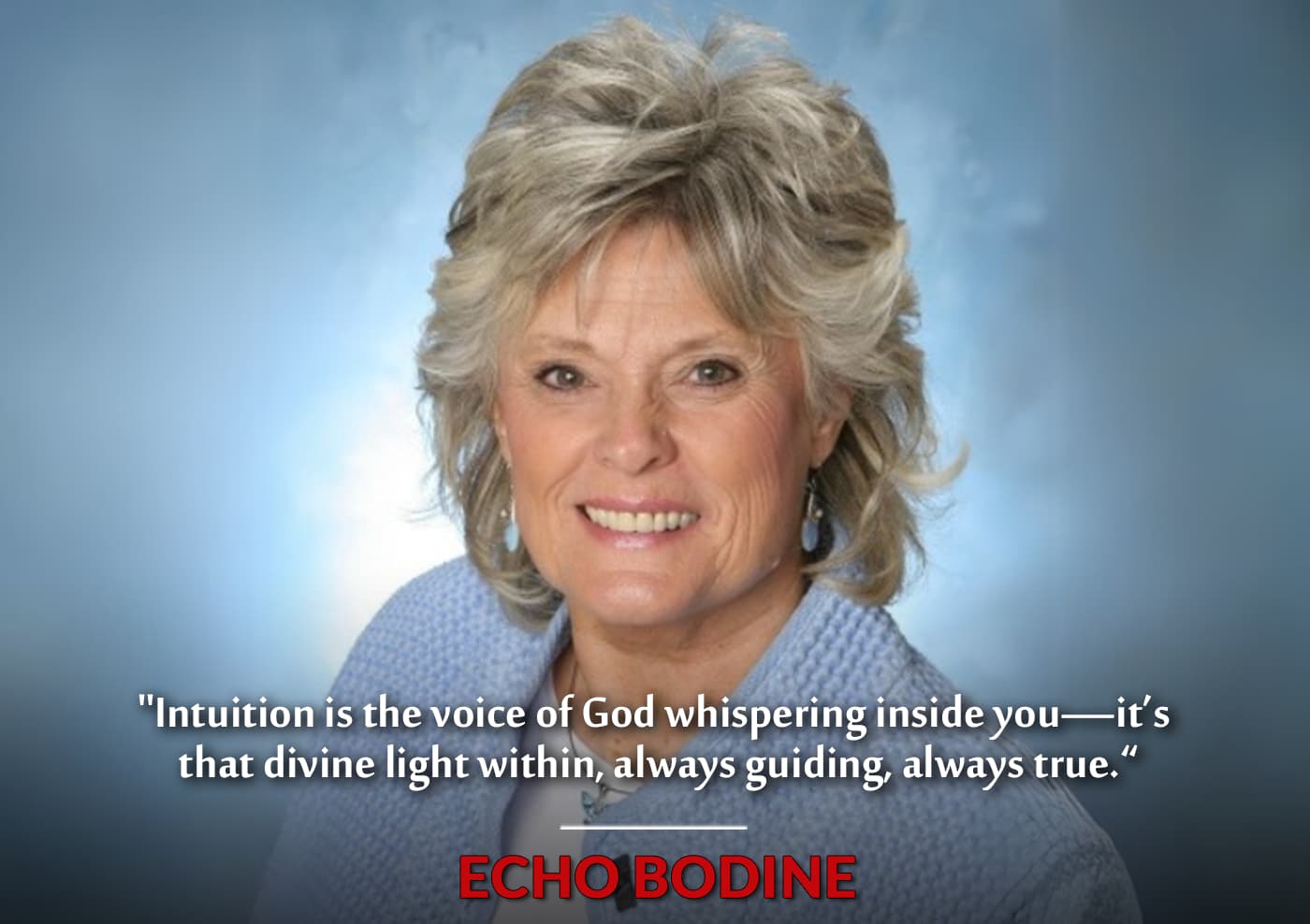

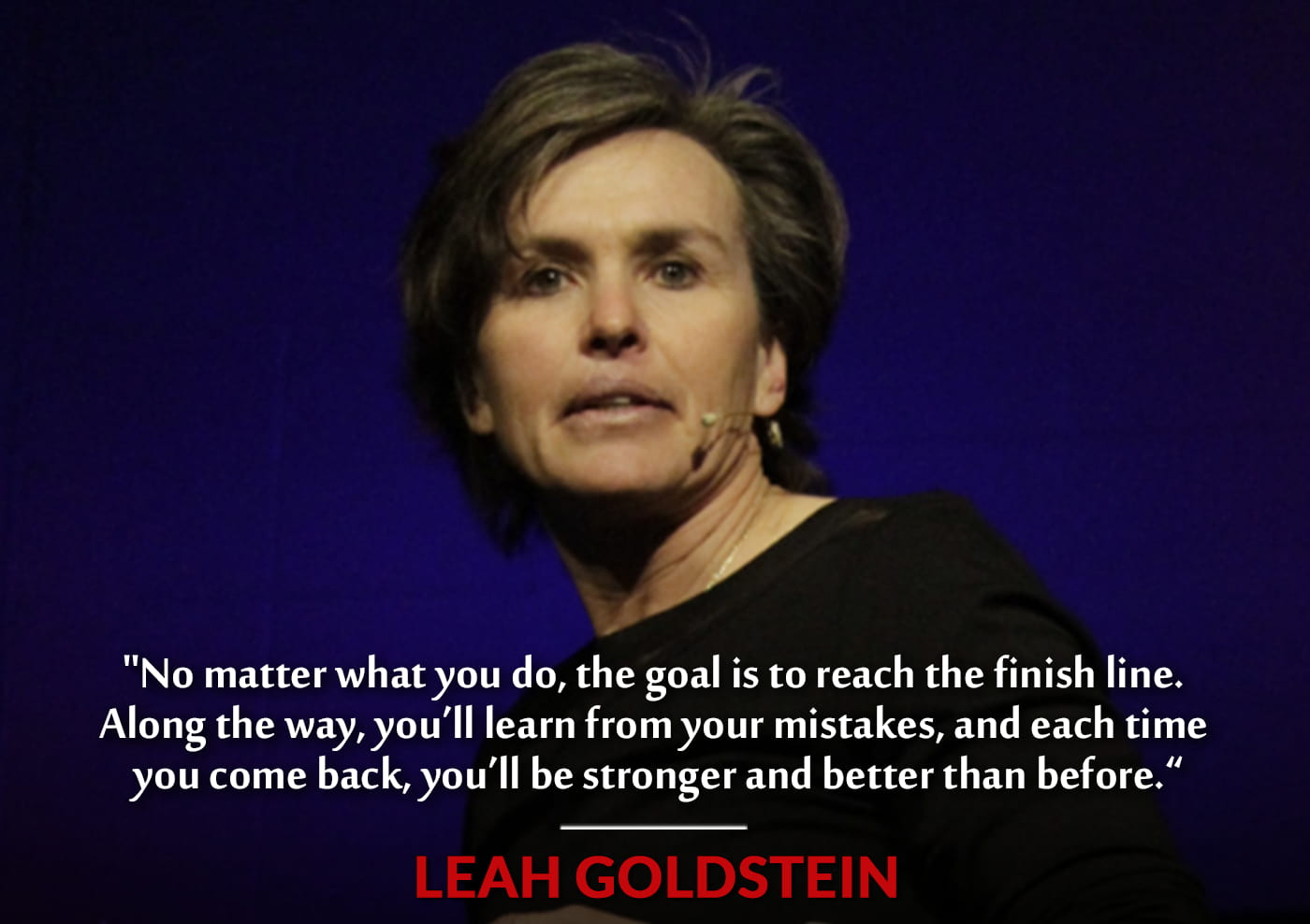


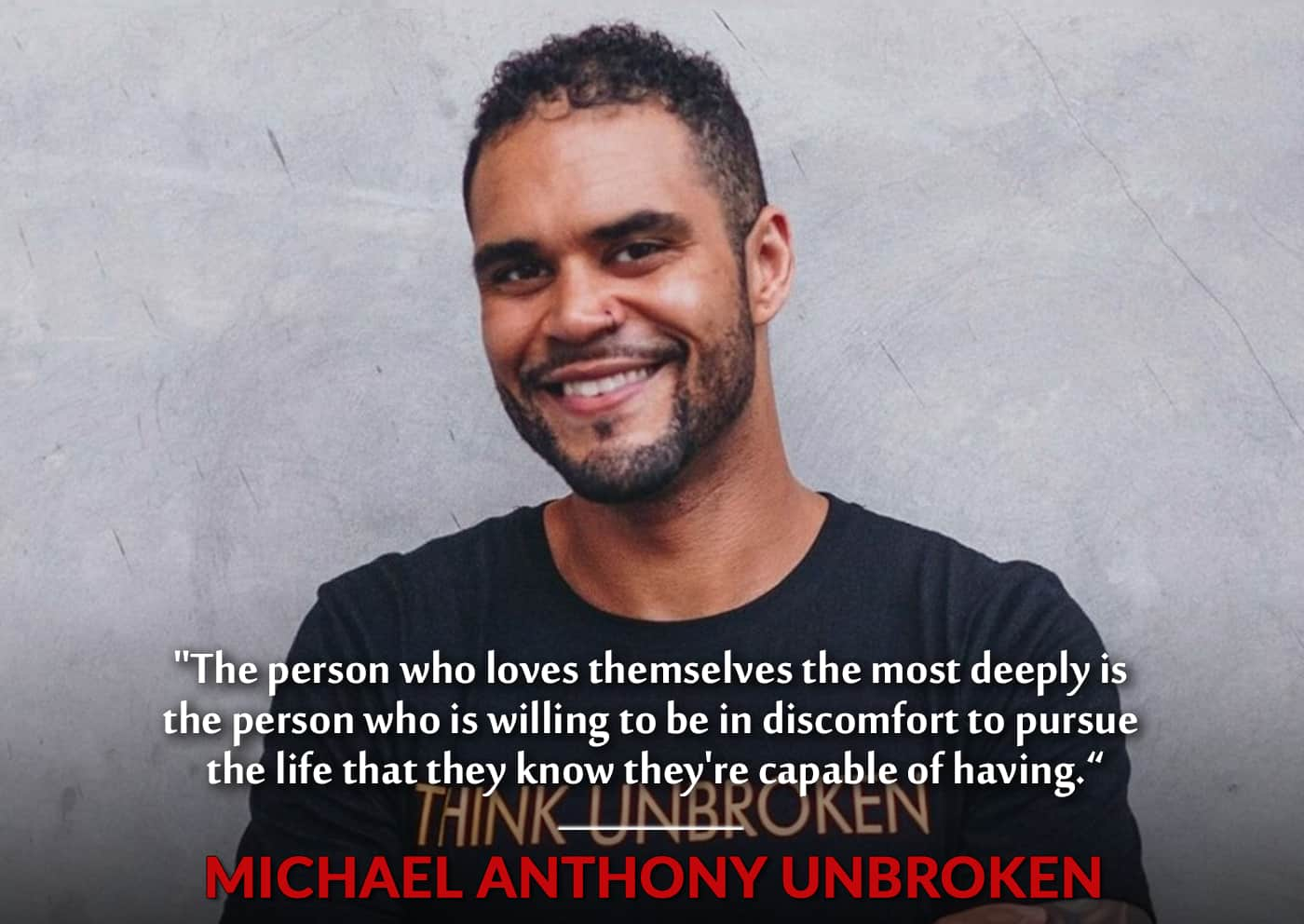
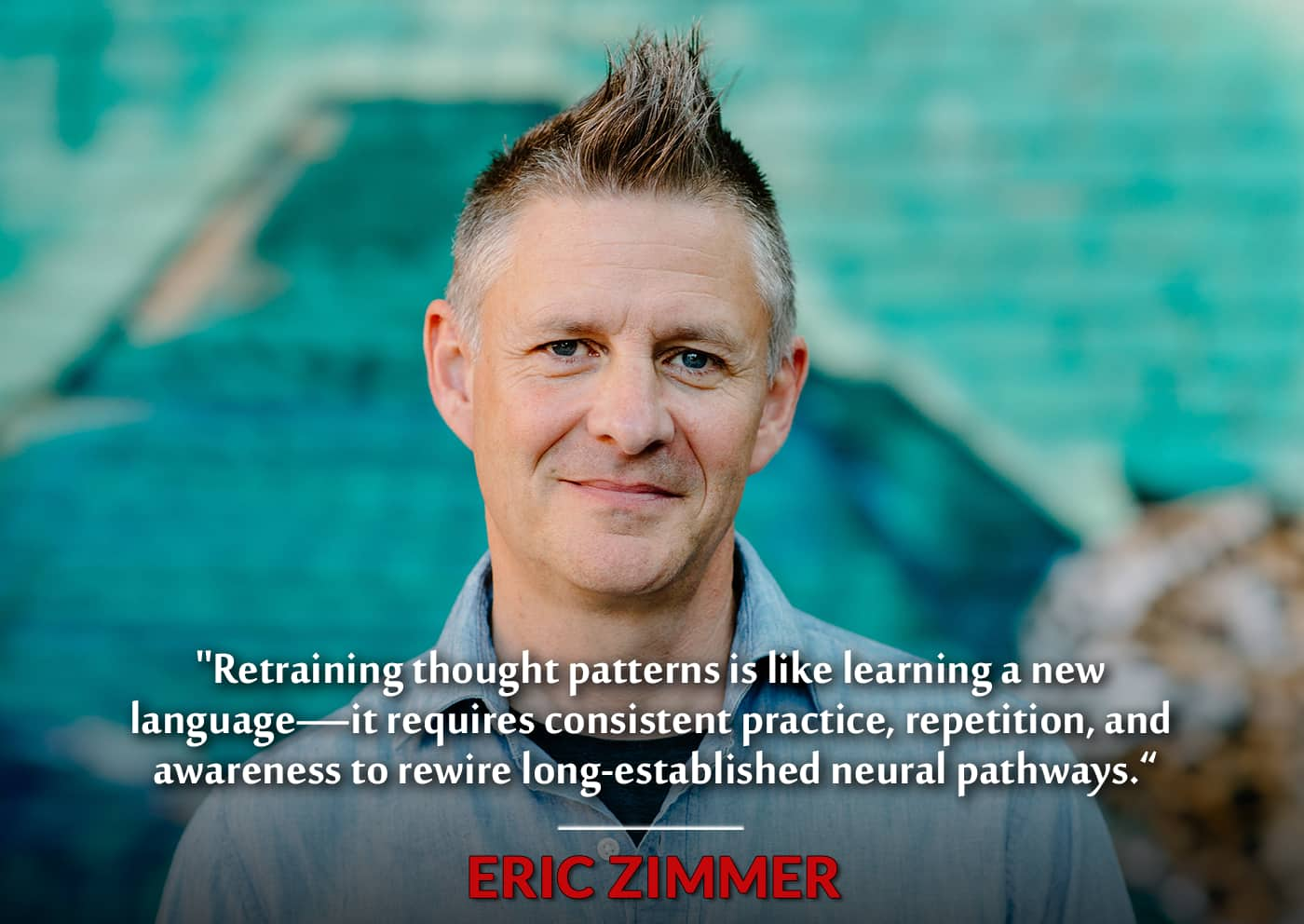
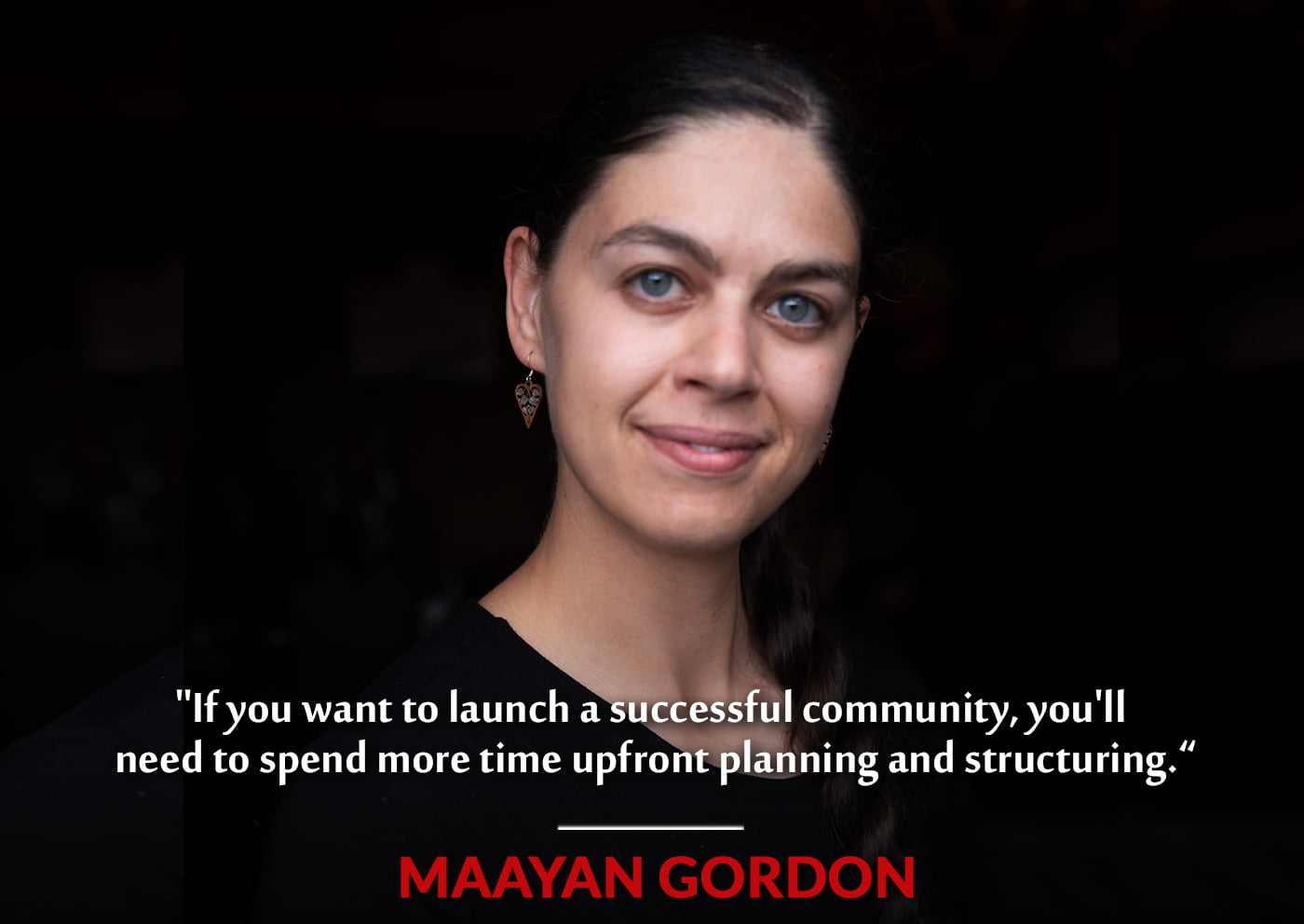

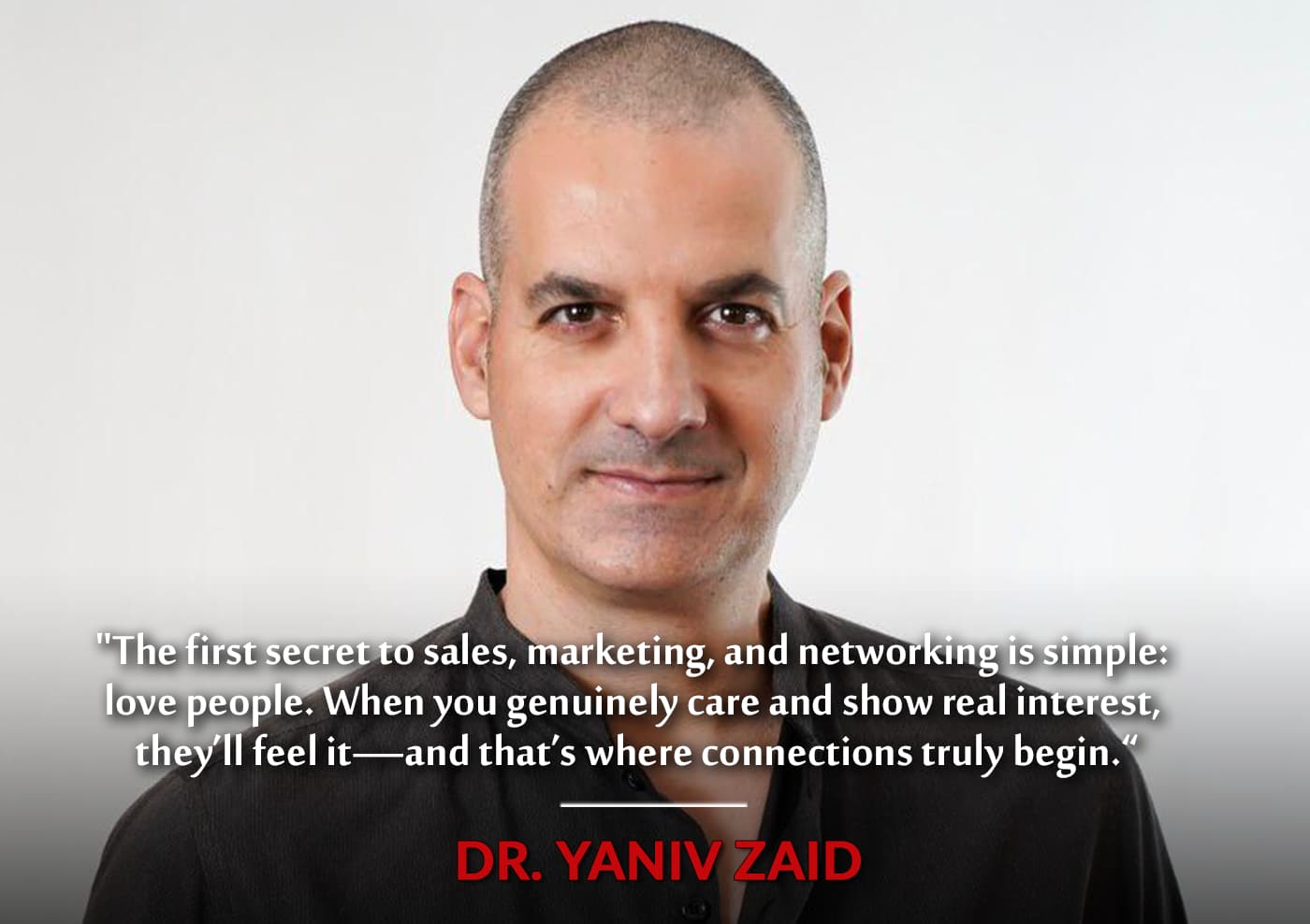
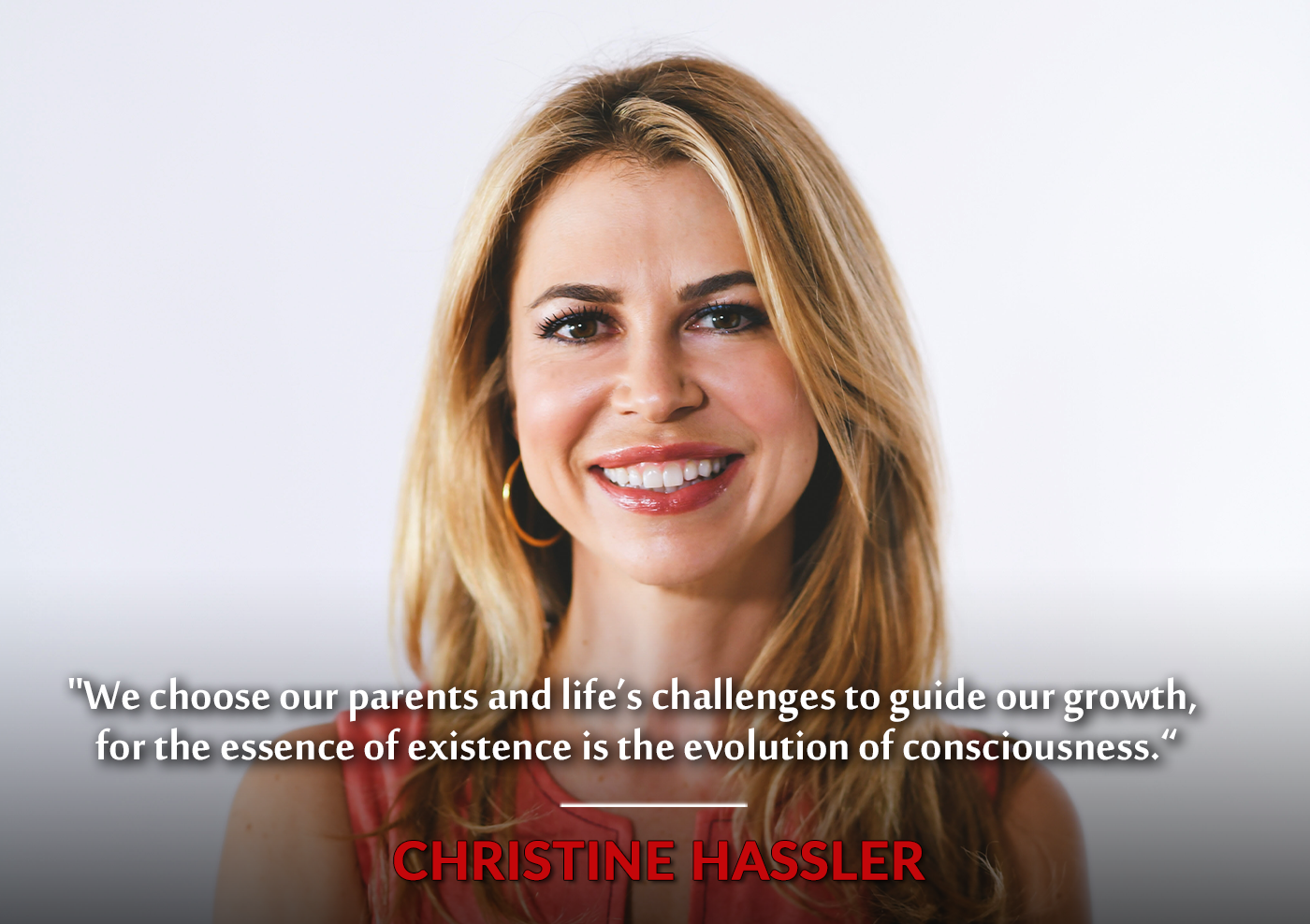
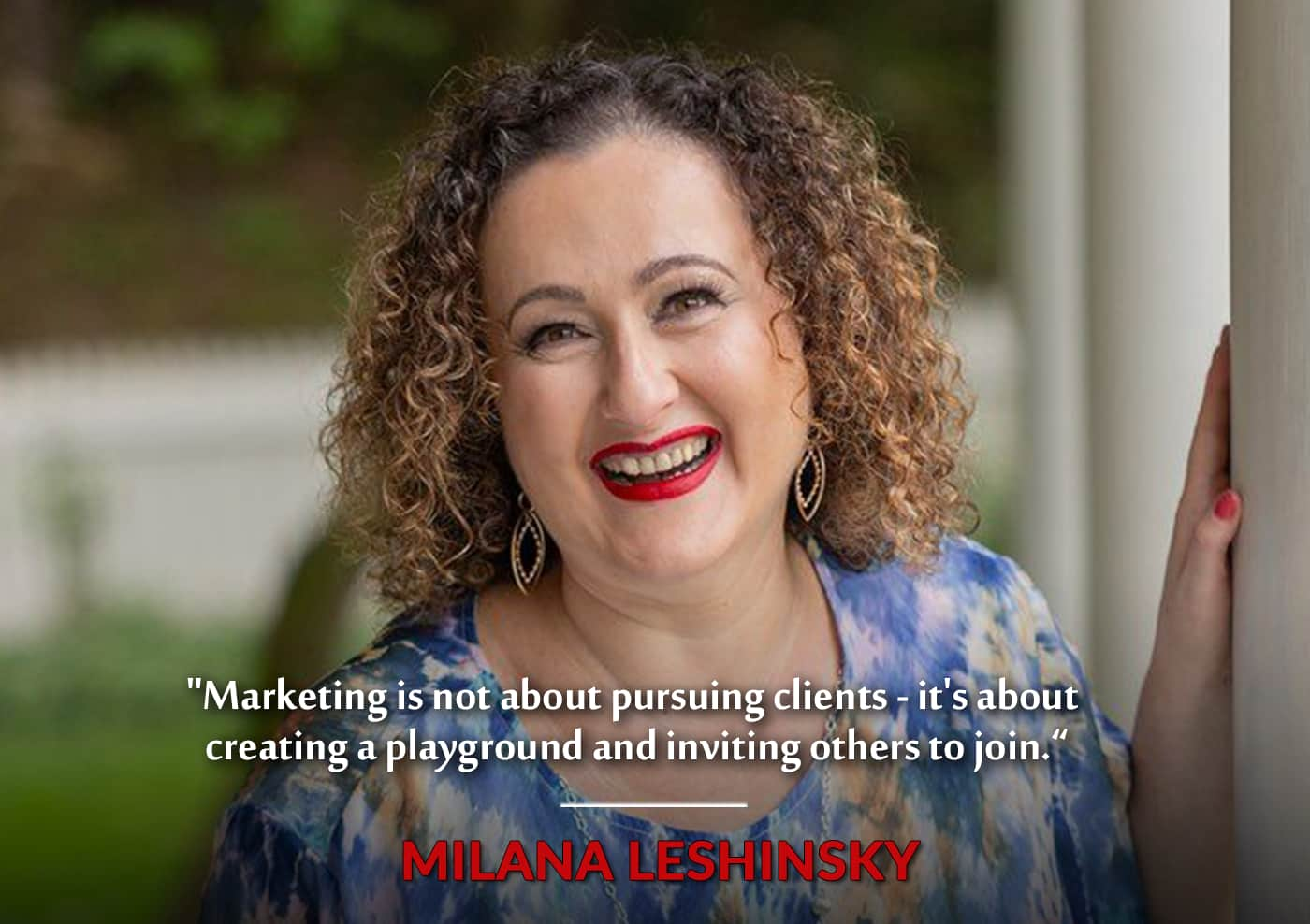
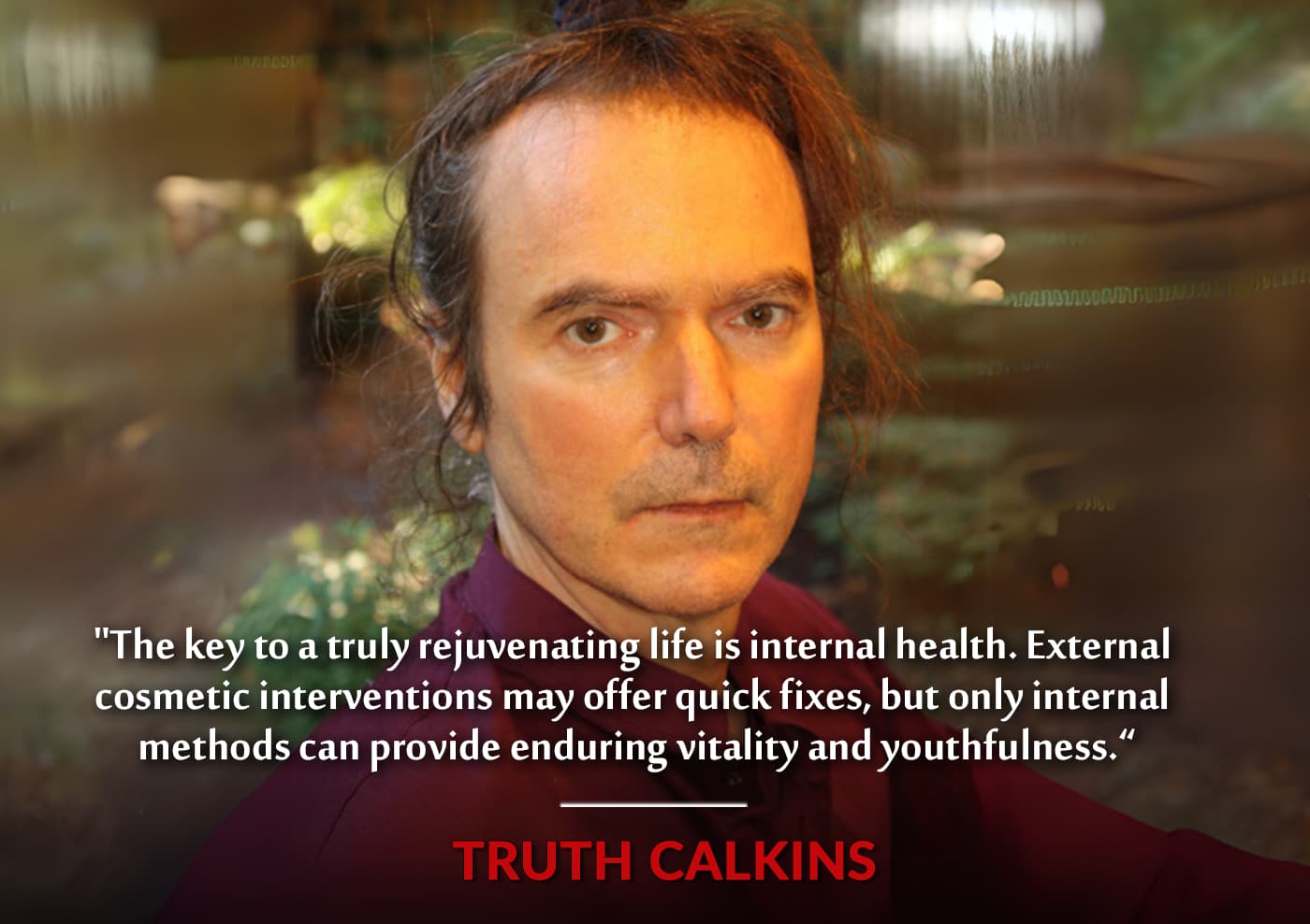
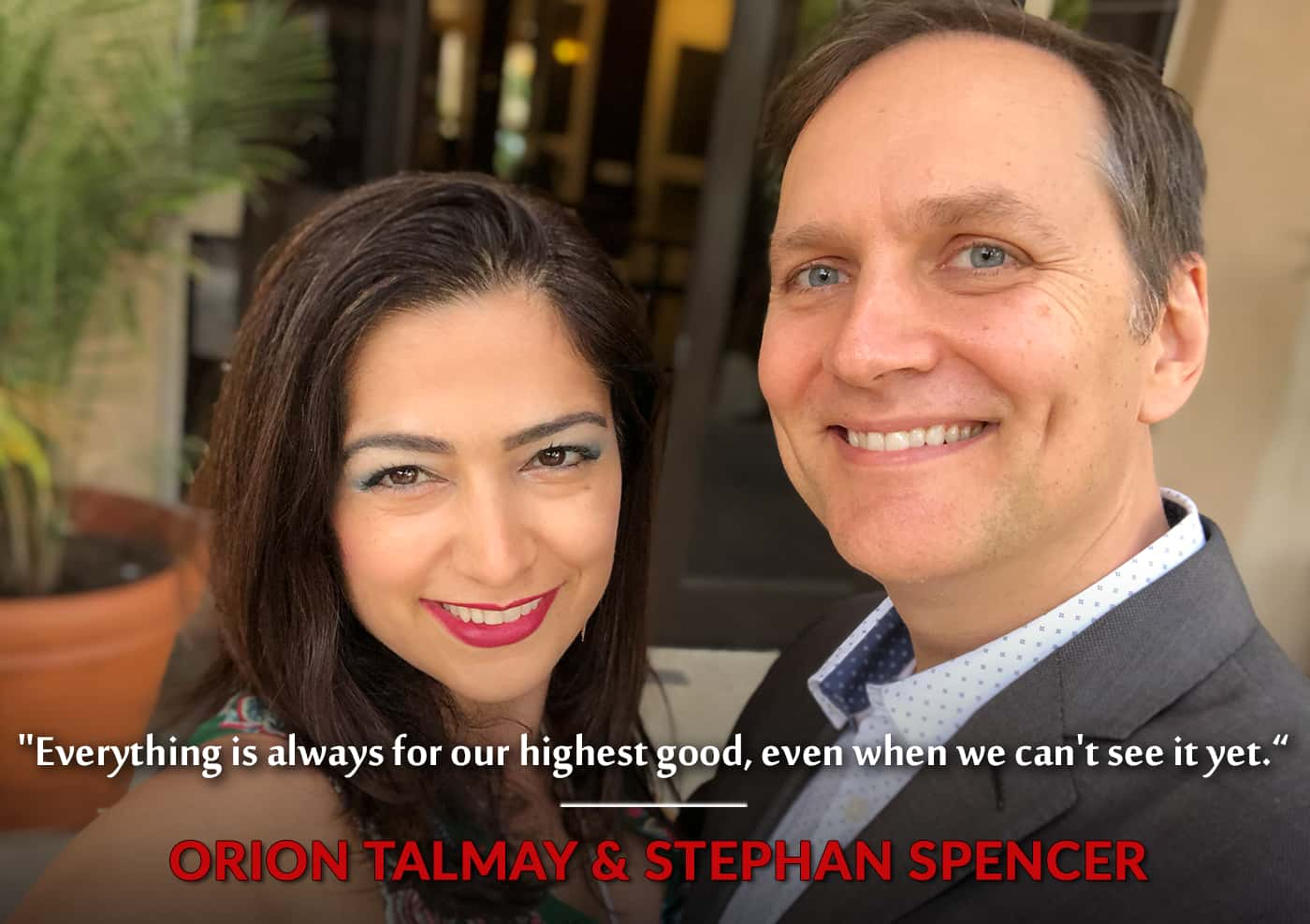

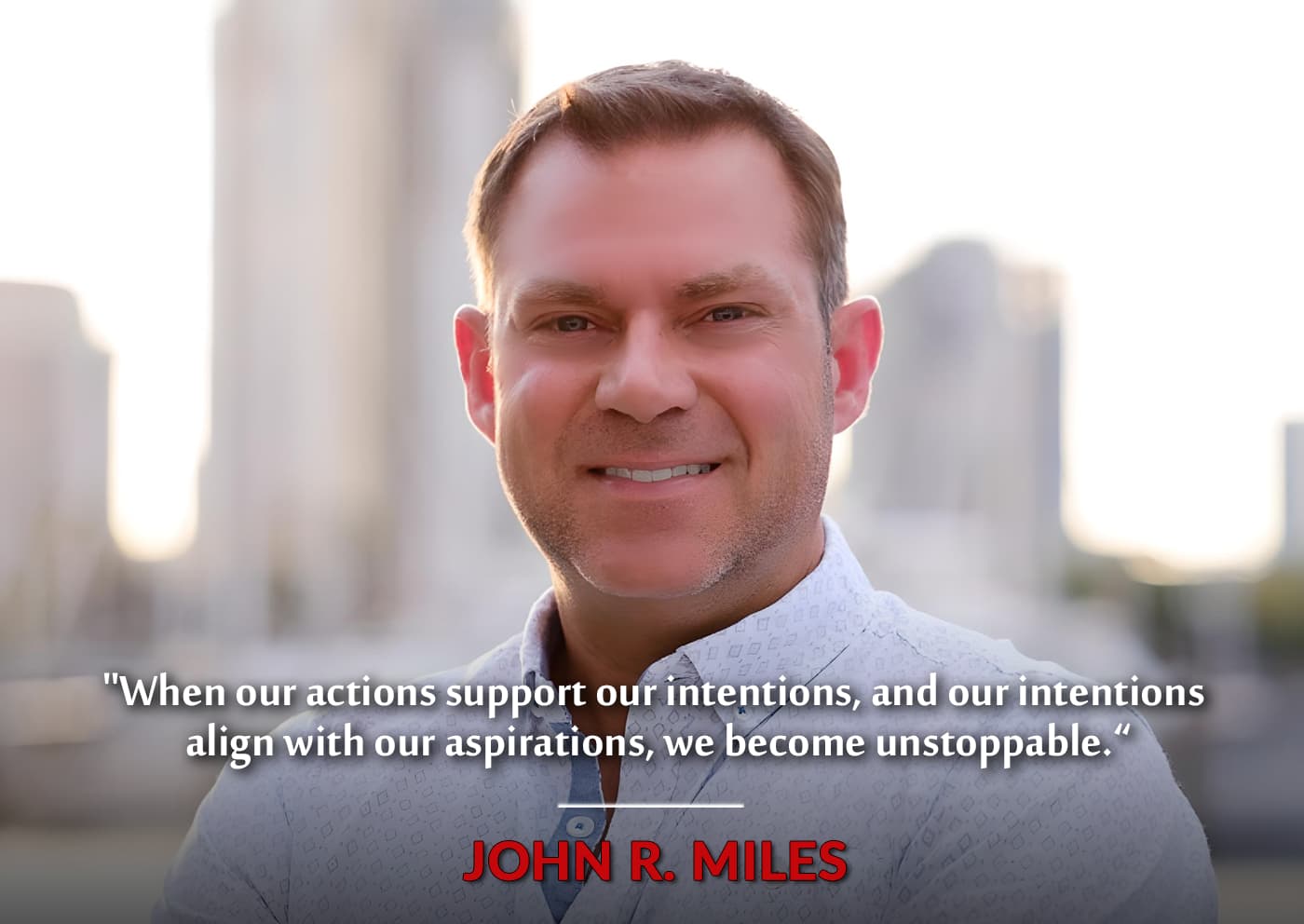
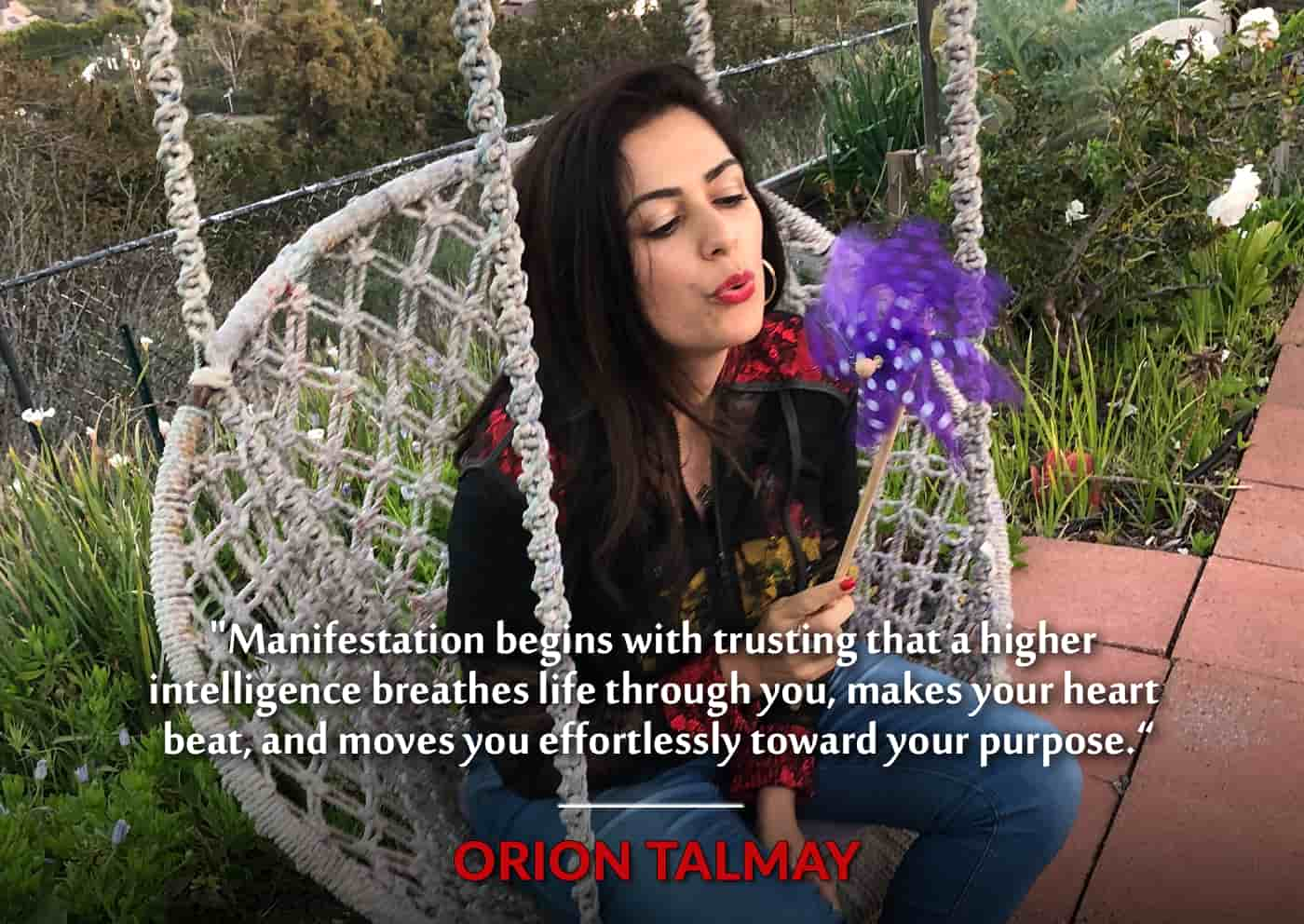
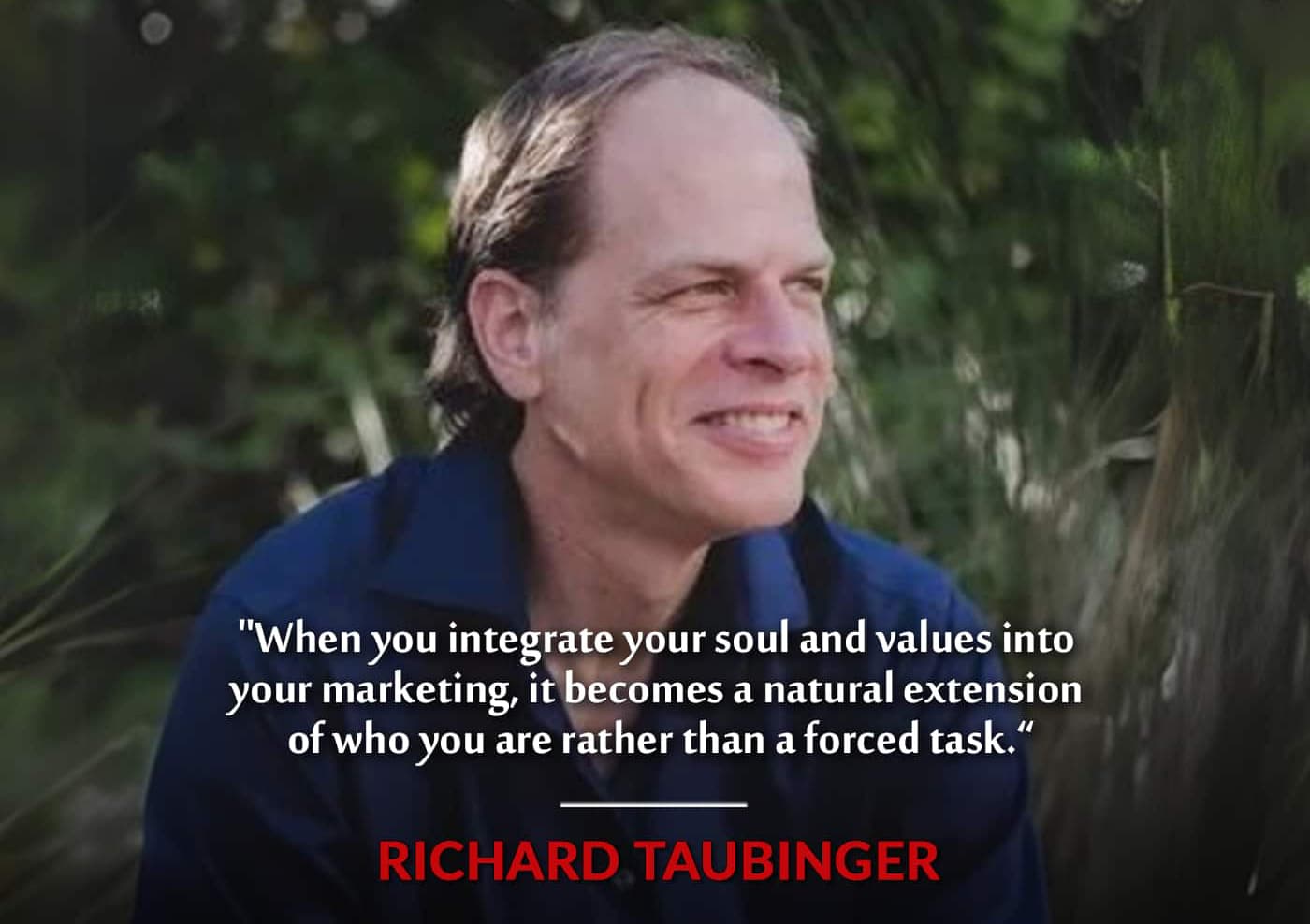
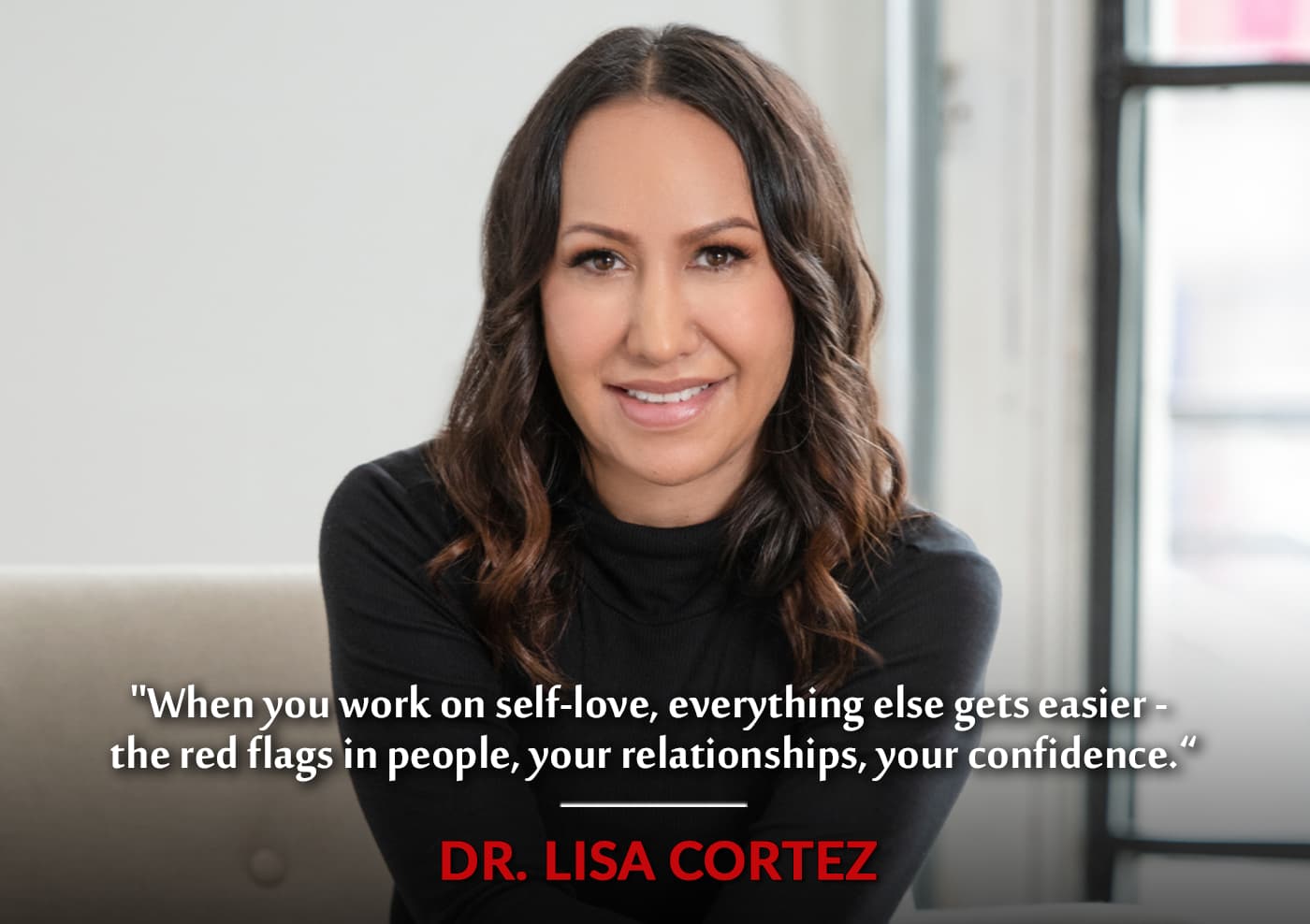
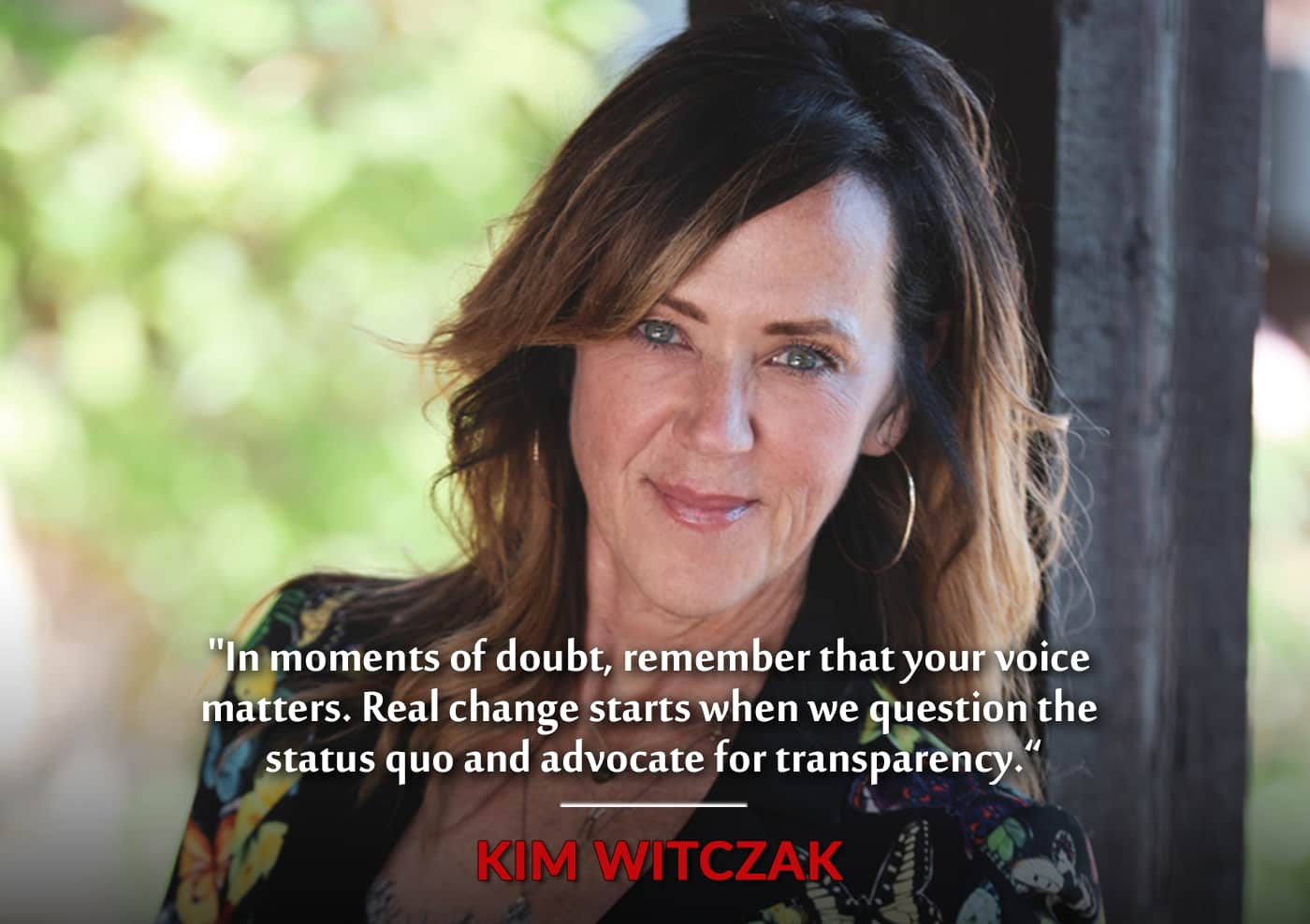
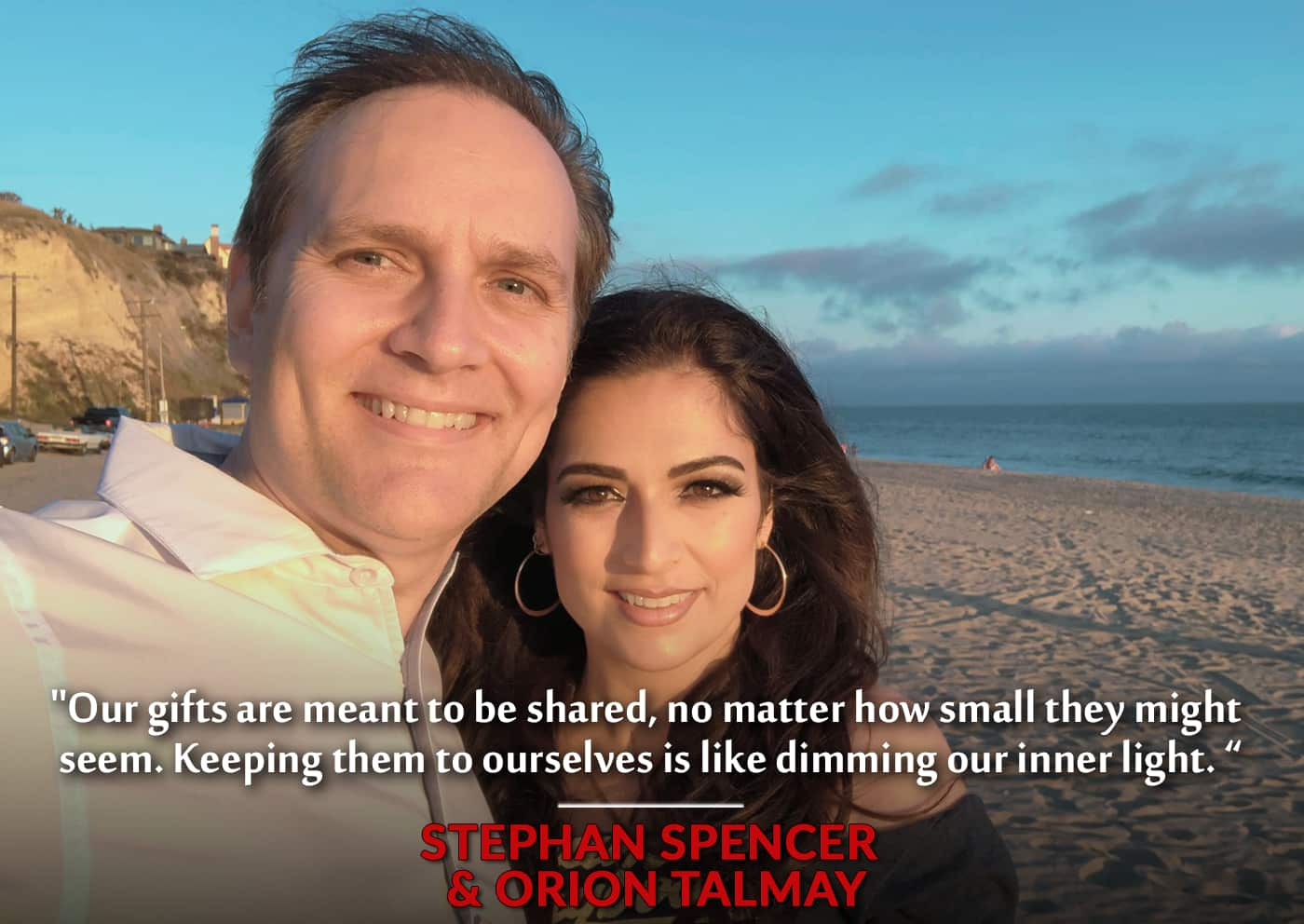
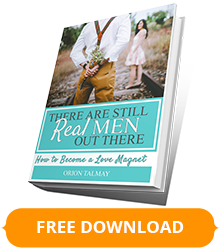
Facebook Comments